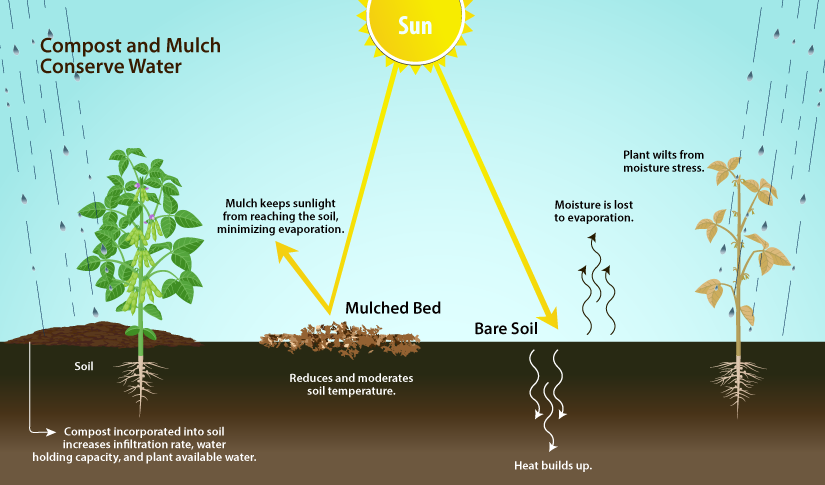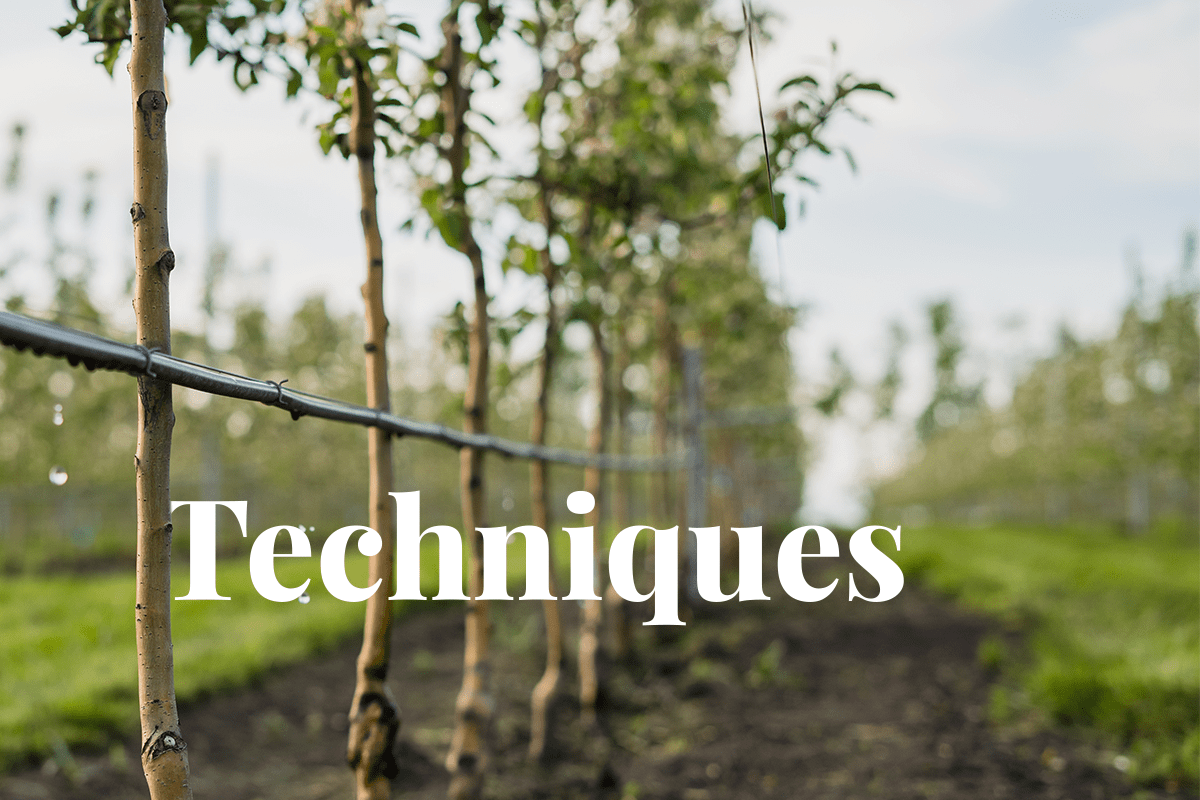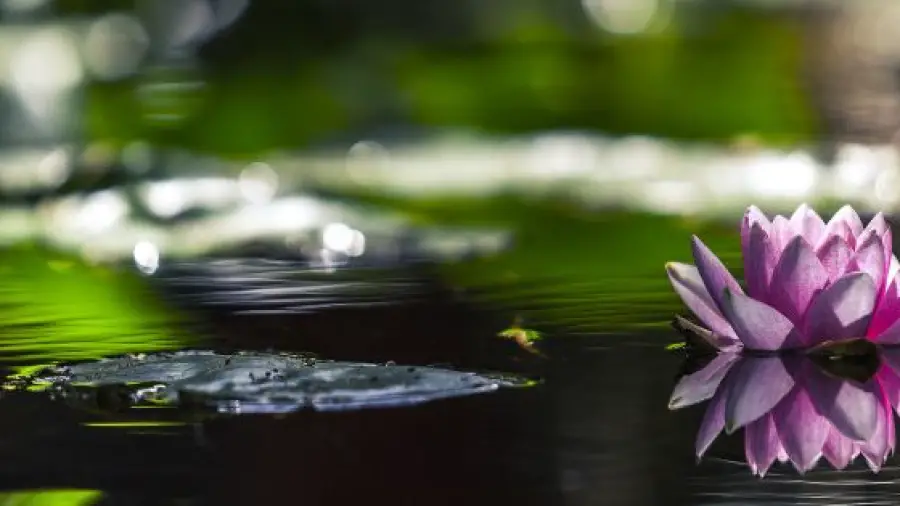Water-wise gardening involves techniques like drip irrigation and mulching to conserve water and enhance plant health. Selecting drought-resistant plants also contributes to water efficiency in gardens.
Embracing water-wise gardening is crucial in today’s eco-conscious world. Homeowners and garden enthusiasts are constantly seeking methods to reduce their environmental footprint while nurturing their gardens. By implementing water-saving strategies, gardeners not only help preserve this precious resource but also ensure their plants thrive.
These methods include choosing appropriate flora, optimizing irrigation systems, and applying soil amendments to retain moisture. Collectively, these practices create a sustainable ecosystem in your backyard, contributing to a greener planet. Engaging in water-wise gardening is not just a trend; it’s a responsible approach to horticulture that supports the well-being of the environment and promotes robust plant growth.
Table of Contents
Introduction To Water-wise Gardening
Water conservation is crucial due to limited global freshwater resources. Using less water helps our planet and saves money. Water-wise gardening involves techniques that reduce water use while keeping gardens thriving.
Key principles of water-wise gardening include choosing drought-tolerant plants, improving soil health to retain moisture, and using mulch to reduce evaporation. Effective irrigation systems, like drip irrigation, target water directly to plant roots, minimizing waste. Collecting rainwater is another excellent method for sustainable water use in gardens.

Credit: calrecycle.ca.gov
Planning Your Water-wise Garden
Choosing the right location for your garden is crucial. Sunlight and shade patterns greatly affect plant growth. Aim for a spot that gets consistent sunlight, ideally six to eight hours a day. Avoid areas near large trees or buildings that cast long shadows.
Soil conditions should be examined next. Good soil helps plants use water better. Test for soil texture and drainage. Adding organic matter can improve water retention and soil health.
Finally, consider design layouts that conserve water. Group plants with similar water needs together. Use drip irrigation or soaker hoses for efficiency. Create watering zones based on plant requirements. A well-planned garden layout can lead to significant water savings and healthier plants.
Selecting Drought-tolerant Plants
Choosing drought-tolerant plants is essential for water-wise gardening. These plants need less water and thrive in dry conditions. Consider succulents like Aloe and Agave, which store water in their leaves. Native plants are also great as they are adapted to the local climate.
Ornamental grasses, such as Blue Fescue and Mexican Feather Grass, offer low-maintenance beauty. For flowering options, Lavender and Salvia are excellent choices. They provide vibrant colors and attract pollinators while conserving water.
| Plant Type | Examples |
|---|---|
| Succulents | Aloe, Agave |
| Native Plants | Wildflowers, Shrubs |
| Ornamental Grasses | Blue Fescue, Mexican Feather Grass |
| Flowering Plants | Lavender, Salvia |
Remember to choose plants based on your garden’s climate and seasonal changes. Some plants do better in certain seasons. For example, Spring is ideal for Wildflowers, while Fall suits Ornamental Grasses.
Soil Management Techniques
Soil management is key for water-wise gardening. To improve soil, start by adding organic matter. Compost or manure will do. This makes soil hold water better. Plants stay hydrated without extra watering.
Another method is mulching. It involves covering soil with straw, leaves, or wood chips. This shields the ground from direct sun. It also prevents water evaporation. So, roots have more water. Your garden needs less from you.
| Mulch Material | Benefits |
|---|---|
| Straw | Retains moisture, decomposes slowly |
| Leaves | Improves soil texture, retains moisture |
| Wood Chips | Long-lasting, reduces water loss |
Irrigation Strategies
Creating a water-wise garden requires smart irrigation strategies. Efficient watering methods are key to saving water and enhancing plant health. One method is drip irrigation, which delivers water directly to the plant’s roots. This technique reduces evaporation and runoff. Another option is sprinkler systems, which can cover large areas.
Choosing between drip and sprinkler depends on your garden’s needs. Drip irrigation is best for targeted watering. Sprinkler systems work well for lawns and large beds. Proper timing and frequency of watering are also important. Water early in the morning or late in the evening to minimize loss. Plants need less water during cool or rainy periods. Adjust your watering schedule based on the weather and your plants’ needs.

Credit: www.green.earth
Innovative Water-saving Technologies
Embracing smart controllers and sensors transforms garden care. These devices monitor soil moisture, weather conditions, and plant needs. They automatically adjust watering schedules, ensuring plants get precise water amounts at optimal times. This reduces water waste significantly.
Rainwater harvesting systems capture and store rain. Gardens can use this water instead of tap water. These systems range from simple barrels to complex tanks with filtration. They are eco-friendly solutions that lower water bills and provide plants with chemical-free water.
Maintenance Tips For Water-wise Gardens
Maintaining a water-wise garden requires attention to detail. Regular care routines are essential for conserving water.
Effective weed control ensures plants receive adequate moisture without competition. Hand-pulling weeds is often the most water-efficient method. It avoids excessive watering that some weed-killing methods require.
Efficient pest management also contributes to water conservation. By choosing appropriate plants that are resistant to local pests, gardeners can reduce the need for water-intensive pest control measures. Organic mulches serve a dual purpose: they suppress weed growth and minimize evaporation from the soil surface.
Utilizing drought-resistant plant varieties can significantly reduce water usage. These plants thrive with less water, ensuring a lush garden without the heavy reliance on irrigation.
Community And Educational Impact
Engaging with local gardening groups can lead to significant water savings. These groups often share tips and tricks on water-wise practices. By joining such communities, gardeners can learn from each other’s experiences. This collaborative effort promotes a sustainable approach to gardening.
Educational resources and workshops play a crucial role in spreading knowledge. They offer hands-on training on how to implement water-saving techniques. These educational sessions may cover topics like drought-resistant plants, soil amendments for better water retention, and efficient irrigation systems. Schools and community centers often host such events, making them accessible to all.
:strip_icc()/curb-appeal-foliage-plants-1051svw5KQC9FAtl-M9kOB-336092f31a7f475187c5171363808dec.jpg)
Credit: www.bhg.com
Frequently Asked Questions
What Is A Method Of Gardening That Is Designed To Conserve Water?
Xeriscaping is a gardening method designed to minimize water use by featuring drought-resistant plants and efficient watering practices.
What Is The Best Way To Water Garden Plants?
The best way to water garden plants is by using a soaker hose or drip irrigation system early in the morning. This method ensures deep watering at the roots, reduces evaporation, and helps prevent leaf diseases caused by standing water. Regular, consistent watering promotes healthy plant growth.
What Is Water-wise Gardening?
Water-wise gardening involves landscaping techniques that conserve water. It uses drought-resistant plants and efficient irrigation systems to minimize water use. The approach also includes mulching and proper soil management to enhance moisture retention.
How To Create A Water-wise Garden?
To create a water-wise garden, select drought-resistant plants and use mulch to retain soil moisture. Install a drip irrigation system for efficient watering, and group plants with similar water needs together. Consider collecting rainwater to reduce tap water usage.
Conclusion
Embracing water-wise gardening practices is a smart move for any green thumb. By implementing the techniques discussed, you’ll conserve water and nurture healthier plants. Remember, every drop counts. Your garden can flourish while you contribute to global water conservation efforts.
Start making a difference today – your plants and the planet will thank you.
